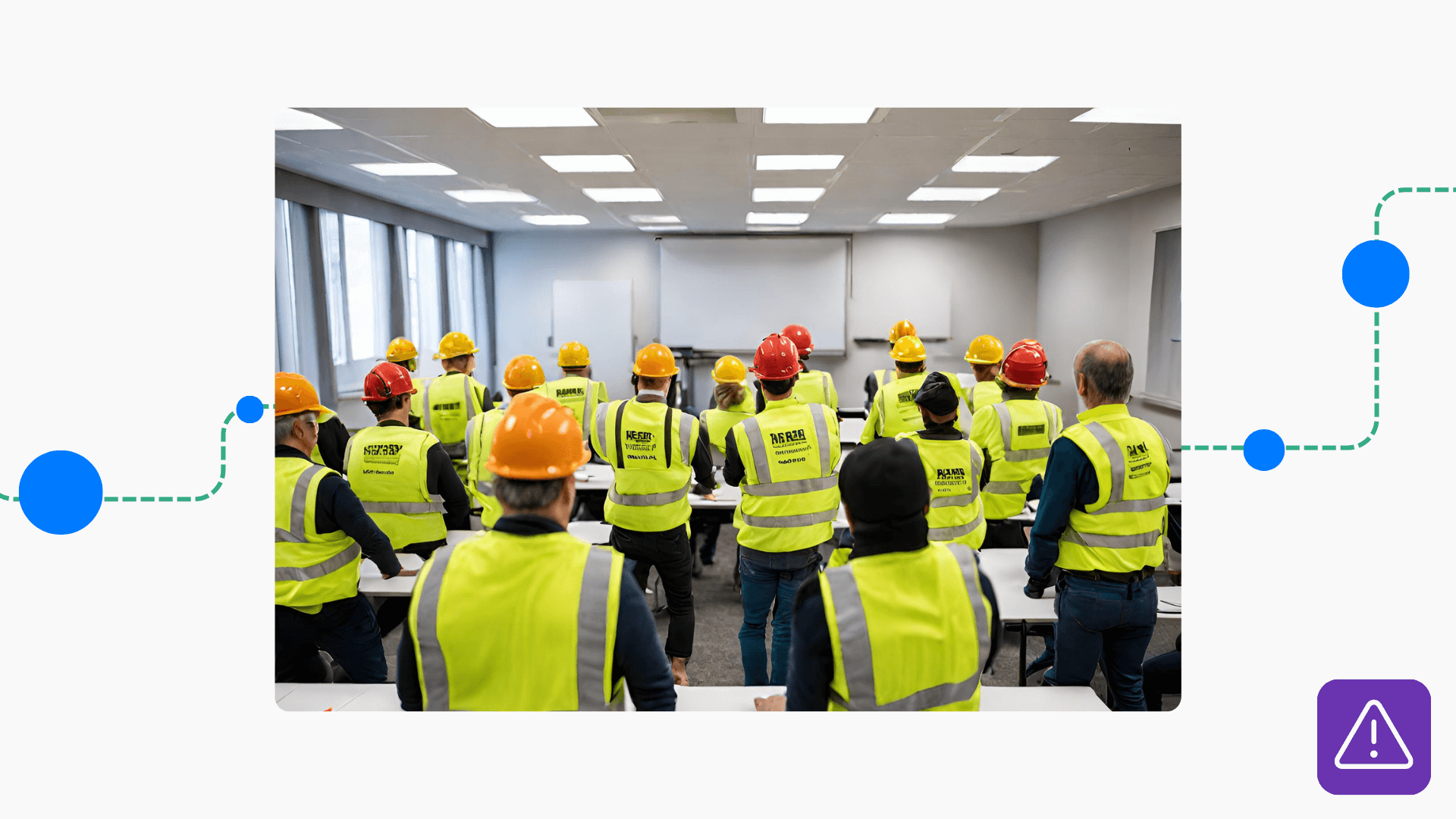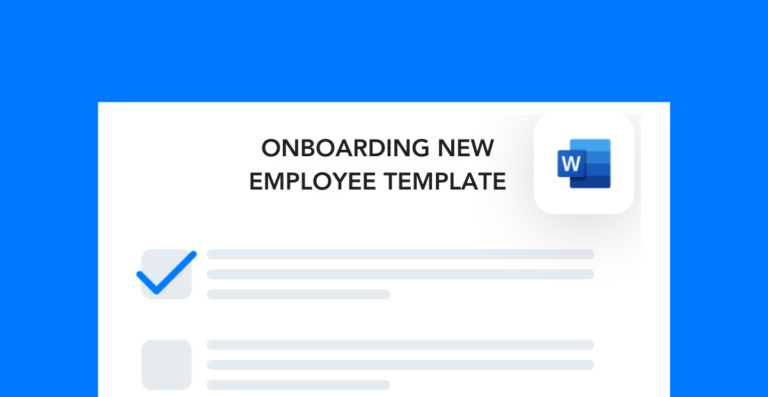One of the most important aspects of onboarding for employees is including safety training in their new hire orientation. It’s much easier to get employee buy-in for safety initiatives if you treat safety as a priority from the start of their employment journey.
Below are some tips for an effective and successful safety onboarding process. A crucial component of onboarding for employees is making safety training engaging and relevant.
Don’t wait until day one
There’s no reason you must wait until an employee’s first day to talk about safety. Take advantage of the time between when an employee accepts a job offer and their first day. It’s a perfect opportunity to initiate onboarding with an emphasis on safety.
As an employer you can consider options like mailing a welcome package which includes safety information, sending an email, having the hiring manager reach out, etc., to do this. The earlier you can talk about safety, the better.
Know your audience for onboarding for employees
During safety training, you want all your employees to learn the same information. But keep in mind that not all your employees will be able to effectively learn that information in the same way. There are many factors that can contribute to how effectively someone learns.
OSHA requires that safety training be provided in a language that the learner can understand. However, language is just one factor you should consider. Other factors include things like experience, education, culture, learning style, and motivation. Successful onboarding for employees should address these diverse learning needs.
Free template!
Download this free new employee onboarding template to standardize your process. This template enhances the onboarding experience, especially for employees who need structured guidance.
Ensure regulatory compliance
Safety is a heavily regulated industry. Most employers factor in OSHA regulations when developing safety training, but it’s important to consider other requirements as well. The FDA, EPA, and many other organizations may have regulatory interests in your operations.
That’s why it’s important for each process to have its own specific training module. It ensures that workers are aware of the unique safety requirements of each process. Ensuring a comprehensive onboarding for employees is key to covering all required topics for your organization, but don’t forget the small details when developing your course materials.
Customize the onboarding experience for employees
The hazards your employees face will vary depending on their individual job duties. It’s important that training prepares them for specific hazards, not just the immediately obvious ones.
You can improve the effectiveness of your training courses by customizing them. This can mean creating courses on site-specific operations, company policies and procedures, past injuries, and many other topics. Also, consider incorporating your company’s unique terminology into the training.
Use real world examples
For most people, safety incidents feel like something that happens to other people. It’s easy to feel removed from the hazards. So, effective onboarding for employees is the kind that brings safety concepts to life.
Nothing can replace the impact that real life examples have on new hires. Share experiences from within your organization and invite your new hires to share their experiences as well. Engaging onboarding initiatives that resonate well with employees help foster a connection to your message.
New hire feedback
Soliciting feedback from new hires is an extremely valuable practice. Check in with them at the end of the training and as they reach milestones within their work duties.
This ensures that the training has adequately prepared new hires to work safely. Schedule quick check-ins after 30, 60, and 90 days of employment to evaluate the effectiveness of your training. Continuous onboarding process engagement ensures employees’ successful integration into the safety culture.
While emphasizing safety from the start is essential for building an effective safety culture, routine follow-up is equally important. Safety training should be a continuous process of learning, giving feedback, and making improvements. Ultimately, a well-rounded onboarding for employees can significantly contribute to overall safety culture enhancement.




